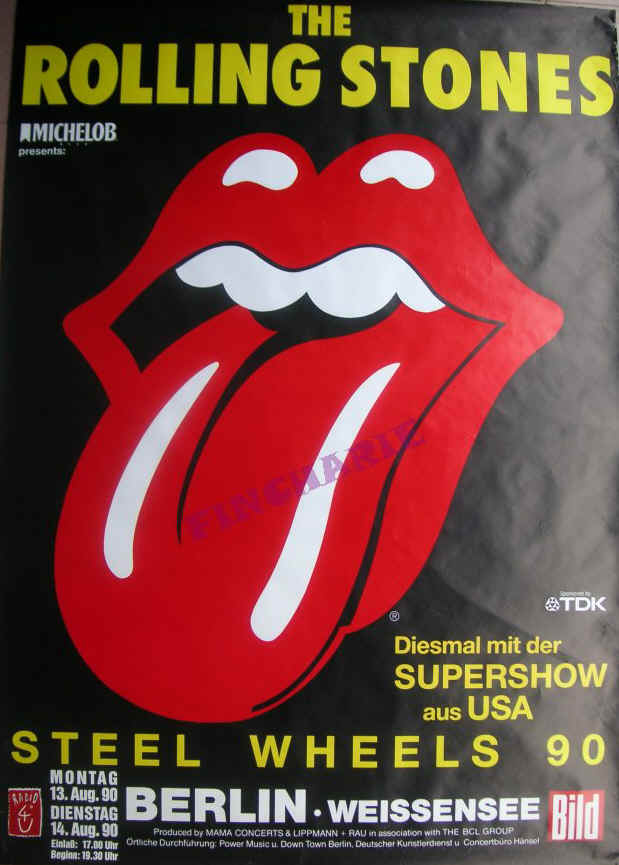History of music video
The invention of film and cinema brought about the possibility of
combining music and moving images.
Advances in technology have turned the music video into what it is
today but you might be surprised at where it came from...
The early years...
1. Surprisingly, music videos have been around since the 1920s.
2. Many Jazz musicians of the time,such as Bessie Smith,made short
films to accompany popular songs..
There are music videos that are not the modern music videos that we
know about it now.
Bob Dylan
1965: Bob Dylan Films
Subterranean Homesick Blues as a segment for D.A. Pennebaker's film,
Dont look Back-widely credited as one of the first modern music
videos.
Music videos was about live performance but this video illustrate the
lyrics of the song.
















